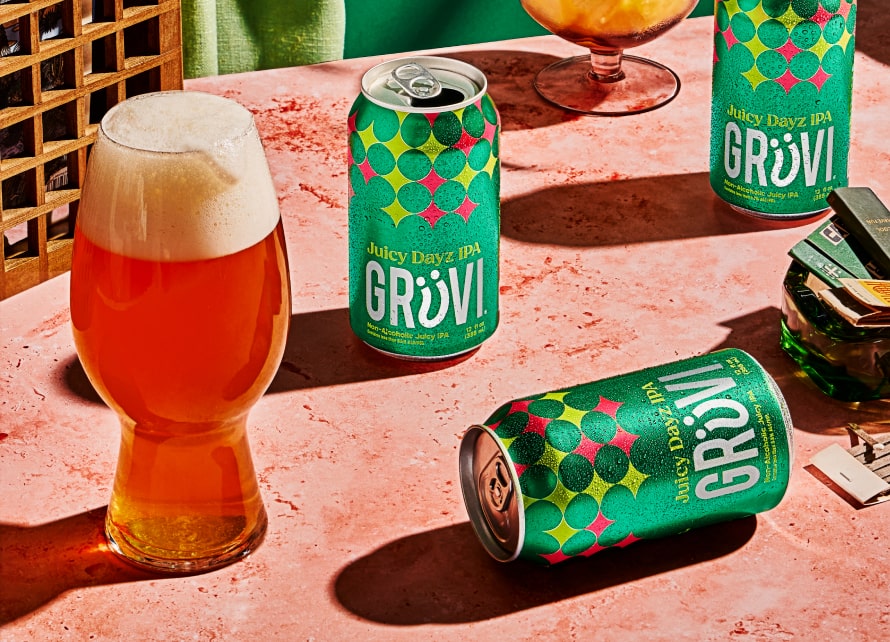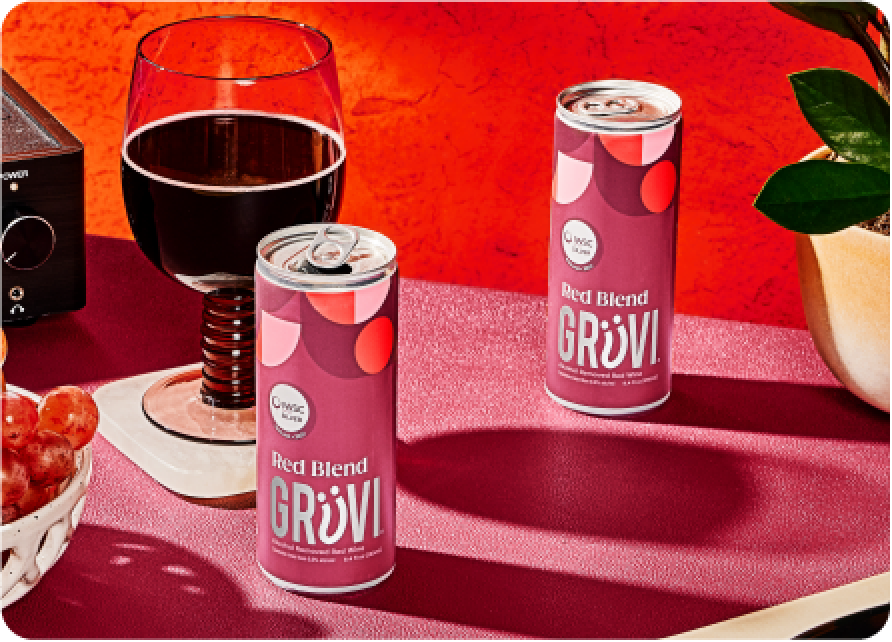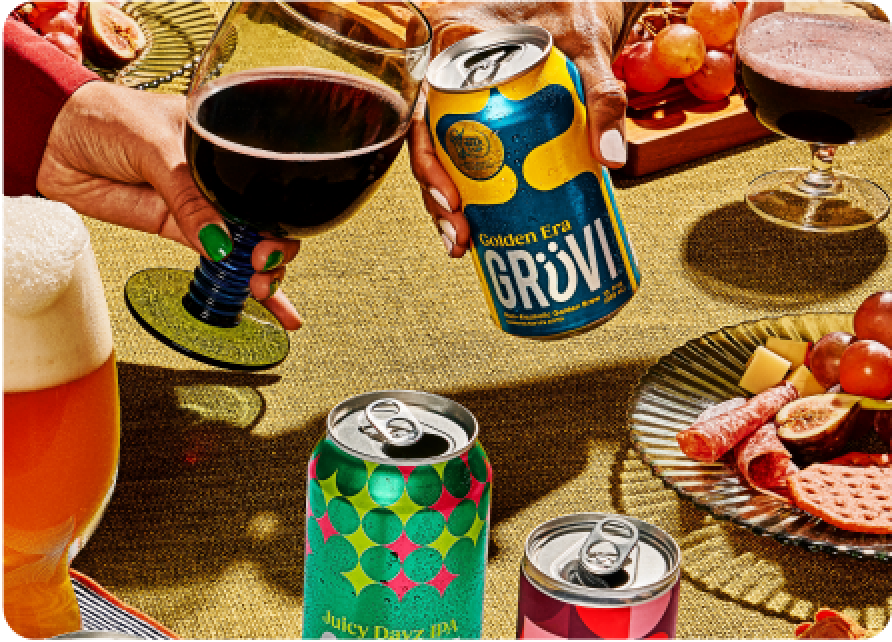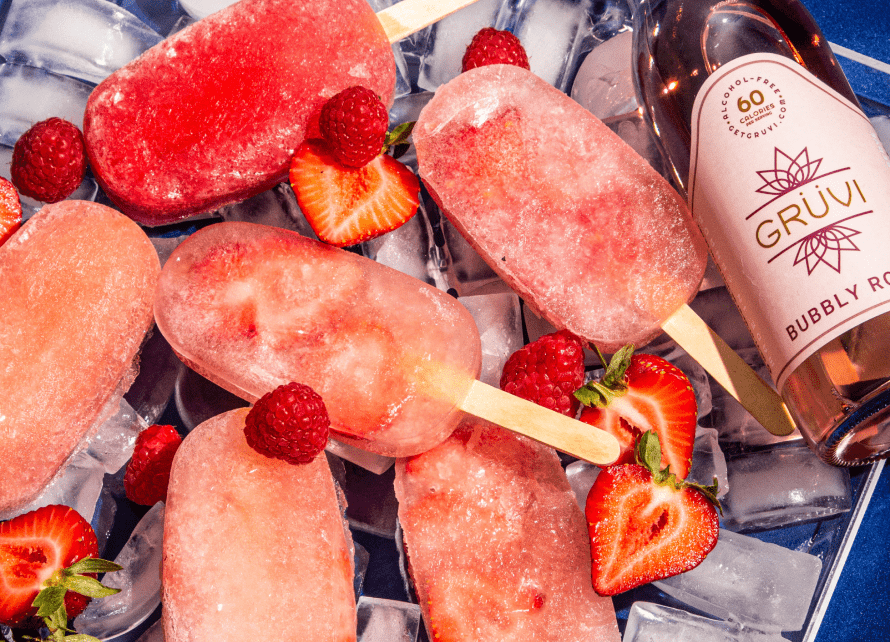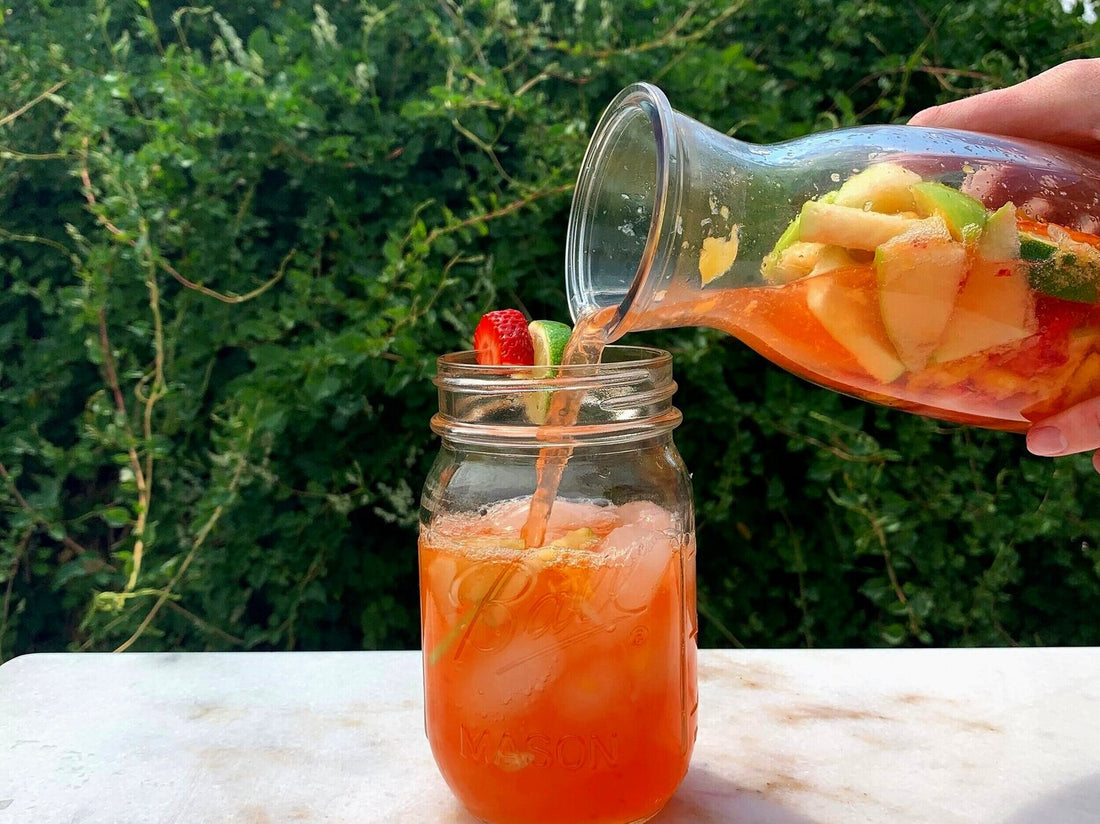
Non Alcoholic Sangria Recipe
Sangria is one of the most versatile drinks to make throughout the year. Though there are literally endless ways to make a sangria recipe, most consist of fresh, local fruit, wine and club soda.
This simple, easy-to-make drink can also be made non alcoholic with the right substitutions. Utilizing non alcoholic wine doesn’t have to hinder the depth and flavors of the muddled fruit, and you definitely won’t be missing the alcohol in our white sangria recipe. Read on to learn a little more about the history of Sangria, and more on how we created our non alcoholic version.

The History Behind Sangria
The term “sangria” is originally a Spanish phrase meaning a mix of wine and fruit. Technically, the term has latin roots meaning “blood” which was likely due to traditional sangria’s dark, ruby hue. Though sangria is typically attributed to Spanish culture, it’s origin actually starts with the early Romans and Greeks. They would often mix sugar, spices and other items on hand into their wine for a drink called “hippocras”. Since water back then was often laden with bacteria, many chose alcoholic drinks as they were safer for consumption.

While we no longer have to rely on alcohol to be our only safe beverage, sangria has gained popularity in recent decades, especially among Americans. This is likely due in part to the 1964 World’s Fair in New York City, which featured a sponsored sangria pavilion- and we’ve been crazy for sangria ever since.
How to Make Sangria
The amazing thing about sangria is that there is no right way to make it. There are recipes using red, white, rose, sparkling and sweet wines, and added fruit can depend on regionality and seasonality.

For this recipe, I decided to stick with lighter, more citrusy fruits to enhance the flavors of our sparkling wine. It’s also peach season here in Colorado, so of course, I threw in some Palisade peaches to enhance the sweeter characteristics within the drink.
Some sangria recipes also call for sugar, but different alternatives can be used such as agave syrup or maple syrup. If you like citrus more than sweet, feel free to omit any added sweeteners to the recipe.
Lastly, using non alcoholic wine does limit the traditional “bite” that sangria has when it uses regular wine. However, this can be replicated using fresh herbs and spices to act as an herbal bite instead of an alcoholic one. For this sangria, I utilized shredded ginger to add that extra something to each sip, but mint or rosemary could be great substitutions as well. All in all, sangria is meant to be a fun and simple drink that you can tweak to taste how you’d like.

Easy Non Alcoholic Sangria Recipe
Ingredients

- 1 lime
- 1 lemon
- 1 Tbsp freshly grated ginger
- 1/4 cup sugar (or sweet substitute)
- 1 peach
- 1 green apple
- 1/2 cup strawberries
- 3-4 bottles of Grüvi prosecco
- Ice
- Fresh mint, lime wedges for garnish
Instructions

- Slice up the lemon and lime, add to pitcher along with the fresh ginger and sugar. Squeeze in any extra lemon or lime juice from cut ends, then muddle or crush with a wooden spoon.
- Slice or cube the peach, apple and strawberries, and add to the mixture. Muddle or stir again until well combined.
- Add in the Grüvi proseccos (depending on how small or large your pitcher is) and fill to the top. Give a quick stir to combine the fruit and wine.
- Taste the sangria- if it’s too sweet add some more citrus, or if it’s too bitter add some more sweetener. Tweak to your liking!
- Fill a glass with ice and top with sangria, then garnish with fresh mint and lime.
*Makes about 4 servings
*This sangria can keep in the fridge for up to 24 hours. Before sipping out of the fridge, top off with some more Grüvi prosecco to add fresh carbonation.
And that’s it! Our super simple white sangria pairs well with Spanish tapas- try your hand at traditional dishes such as patatas bravas, croquetas de jamon, or gambas al ajillo.

